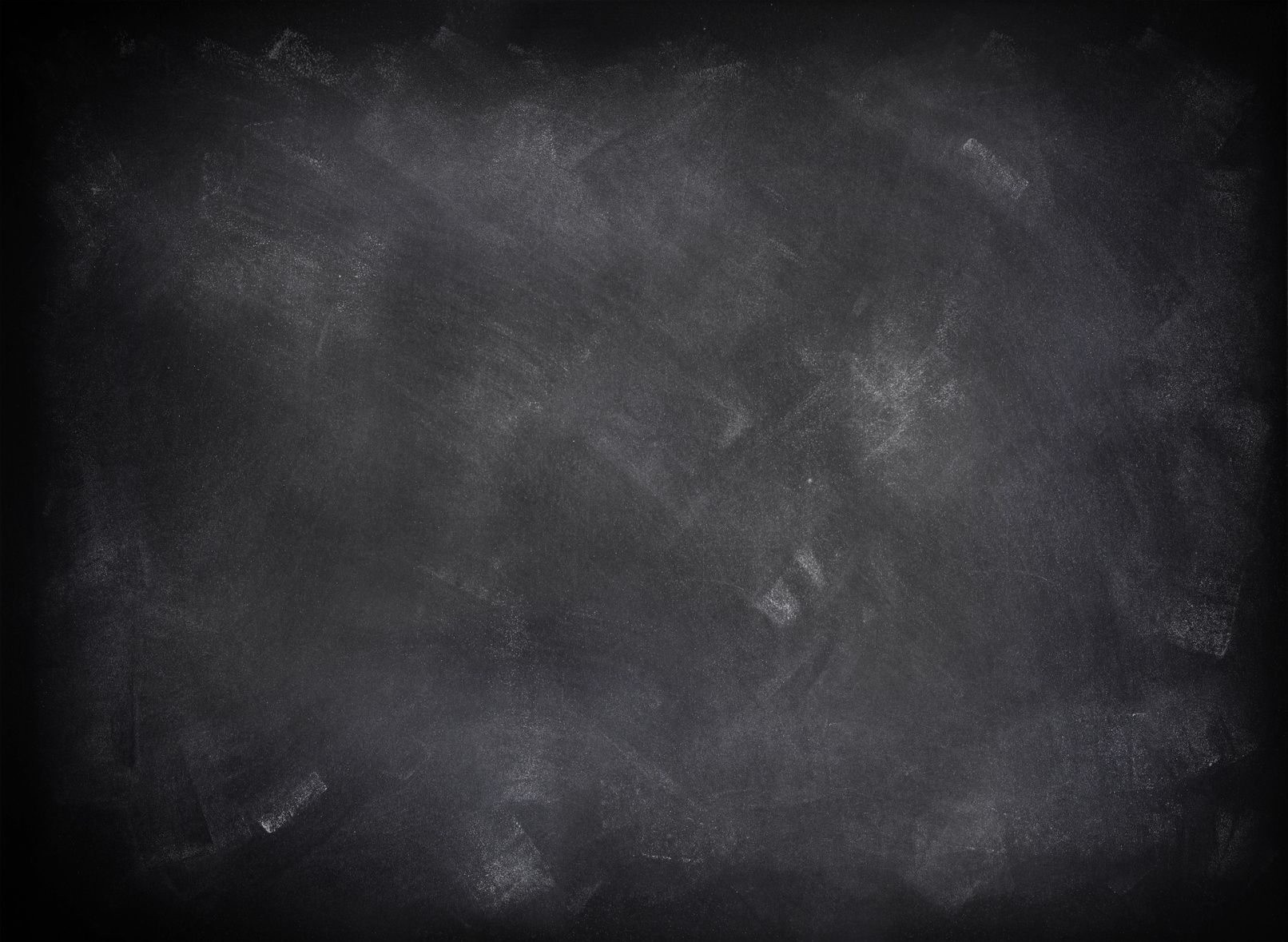Boundary objects and beyond
Scientists:
1 cooperate without having good models of each other's work;
2 successfully work together while employing different units of analysis, methods of aggregating data, and different abstractions of data;
3 cooperate while having different goals, time horizons, and audiences to satisfy.
They do so by creating objetcs that serve much of the same function as a blackboard in a distributed artificial intelligence system. I call these boundary objetcs, and they are a major method of solving heterogeneous problems. Boundary objects are objetcs that are both plastic enough to adapt to local needs and constraints of the several parties employing them, yet robust enough to maintain a common identity across sites. They are weakly structured in common use, and become strongly structured in individual site use.
Like the blackboard, a boundary object "sits in the middle" of a group of actors with divergent viewpoints. Crucially, however, there are different types of boundary objects depending on the characteristics of the heterogeneous information being joined to create them. The combination of different time horizons produces one kind of boundary object; joining concrete and abstract representations of the same data produces another.
Susan Leigh Star, The structure of Ill-Structured solutions, in Boundary objects and beyond. Working with Leigh Star, p. 251
